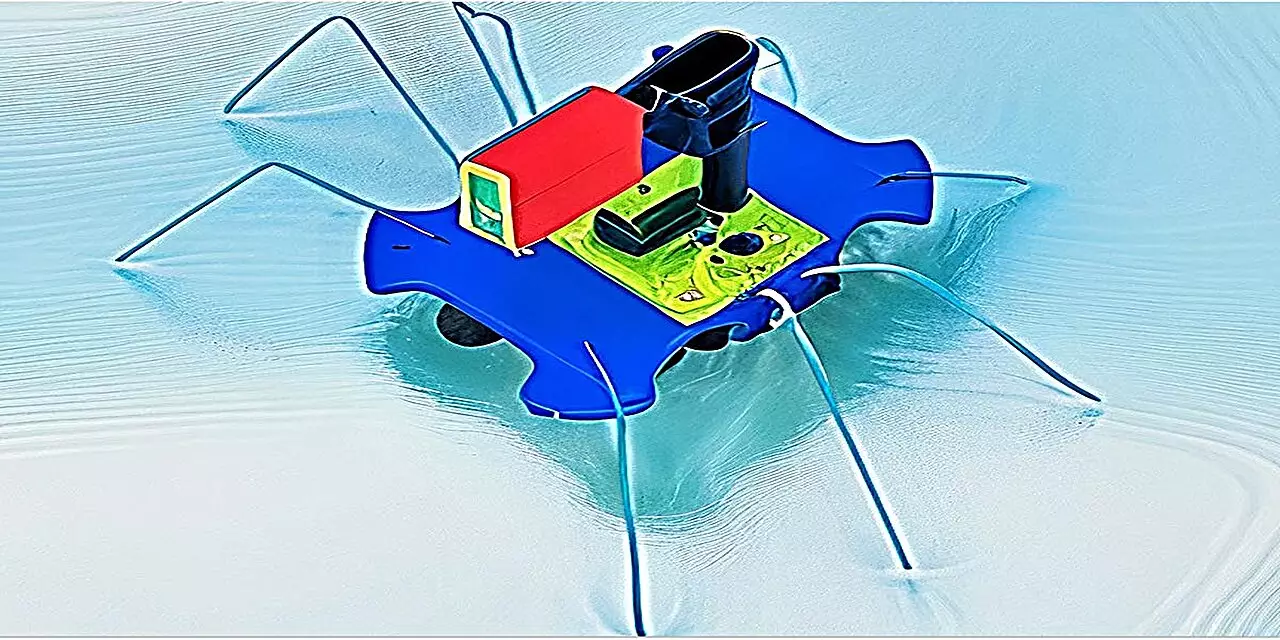The recent development of a self-powered “bug” by researchers at Binghamton University, State University of New York, has opened up the possibility of revolutionizing aquatic robotics. Published in the journal Advanced Materials Technologies, this innovation is a significant step towards the integration of autonomous nodes into all human activities as part of the “internet of things” by 2035. With the majority of Earth’s surface covered in water, the challenges of developing technology for aquatic environments are significant. To address these challenges, the U.S. Defense Advanced Research Projects Agency (DARPA) has initiated a program called the Ocean of Things.
Leading this groundbreaking research is Binghamton University Professor Seokheun “Sean” Choi, along with his colleagues Anwar Elhadad, Ph.D., and Ph.D. student Yang “Lexi” Gao. The self-powered bug they have developed relies on bacteria-powered biobatteries, which have the potential for a 100-year shelf life. By utilizing a Janus interface that is hydrophilic on one side and hydrophobic on the other, the aquatic robots are able to intake nutrients from the water and sustain bacterial spore production. This unique technology allows the robots to generate power when conditions are favorable for the bacteria, and revert to spores when conditions are not ideal, thereby extending the operational life of the device.
The research conducted by the Binghamton team has shown that the self-powered bug is capable of generating close to 1 milliwatt of power. This level of power is sufficient to operate the robot’s mechanical movements and any sensors attached to track environmental data such as water temperature, pollution levels, commercial vessel and aircraft movements, as well as aquatic animal behaviors. This advancement allows for the deployment of these robots to various locations as needed, representing a significant upgrade from current stationary sensors known as “smart floats.”
Moving forward, the researchers are focusing on identifying the most suitable bacteria for energy production under challenging ocean conditions. While common bacterial cells have been used in the current technology, further investigation is needed to understand the microbial composition in different oceanic regions. Additionally, exploring the combination of multiple bacterial cells to enhance sustainability and power generation is a key area for future research and development in the field of aquatic robotics.
The development of self-powered aquatic robots marks a significant milestone in the advancement of autonomous technologies for aquatic environments. The integration of bacteria-powered biobatteries and innovative design features demonstrate the potential for these robots to operate effectively under diverse conditions. As research in this field progresses, the possibilities for enhancing environmental data collection, monitoring, and surveillance in aquatic environments are endless.


Leave a Reply